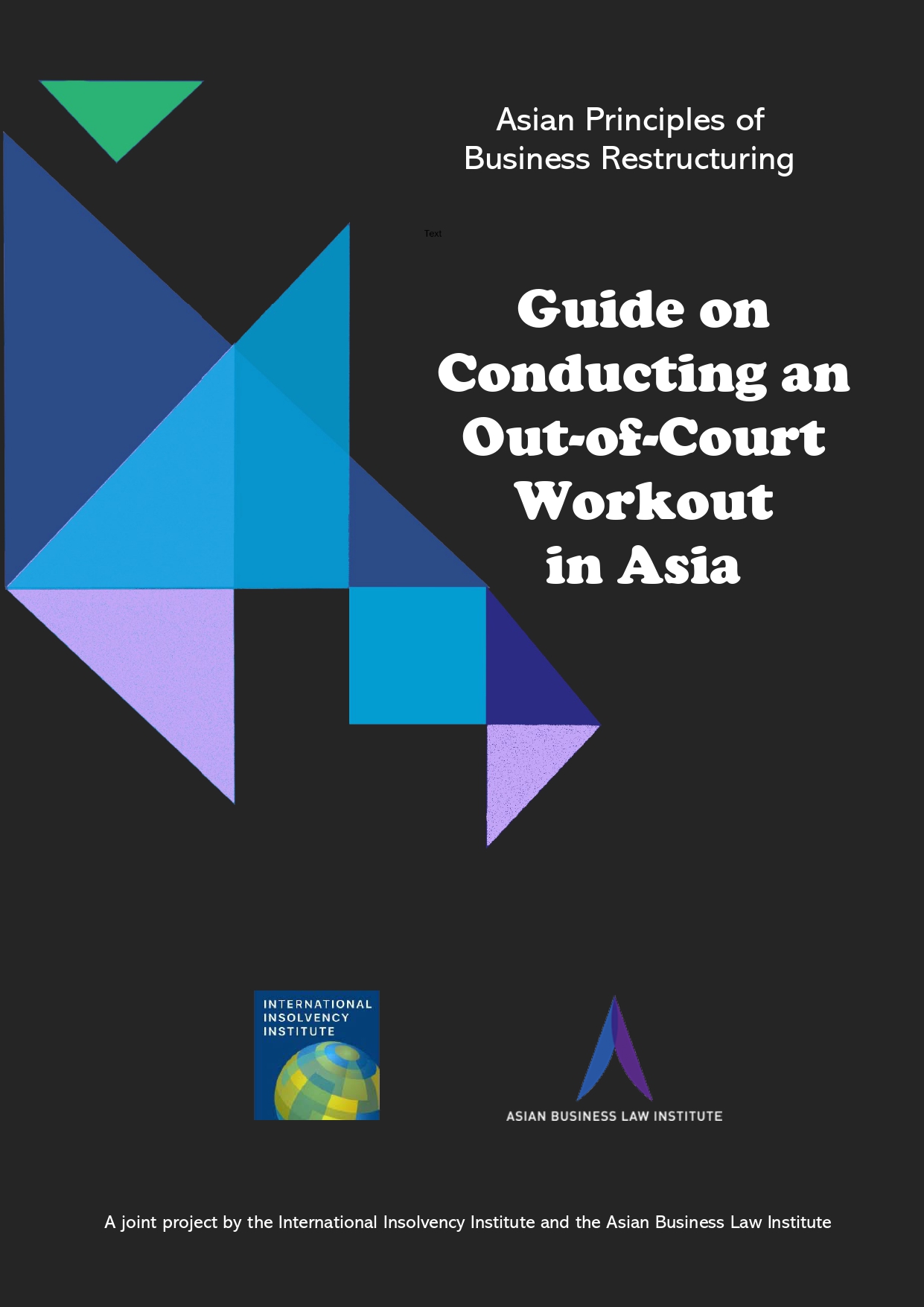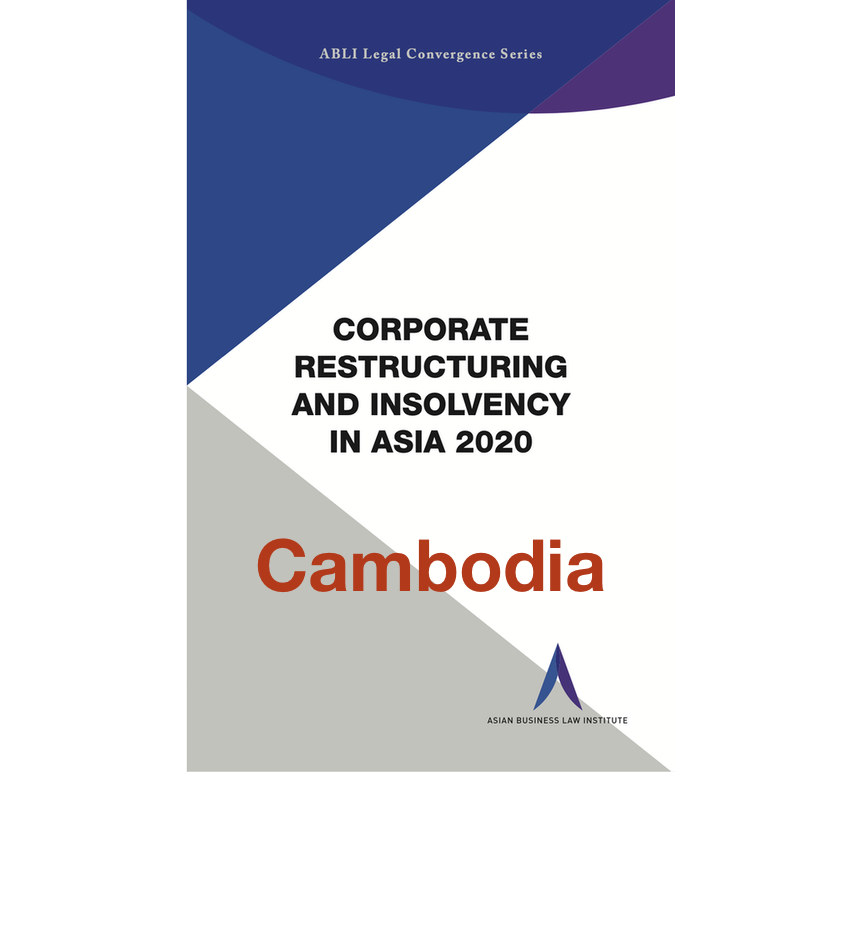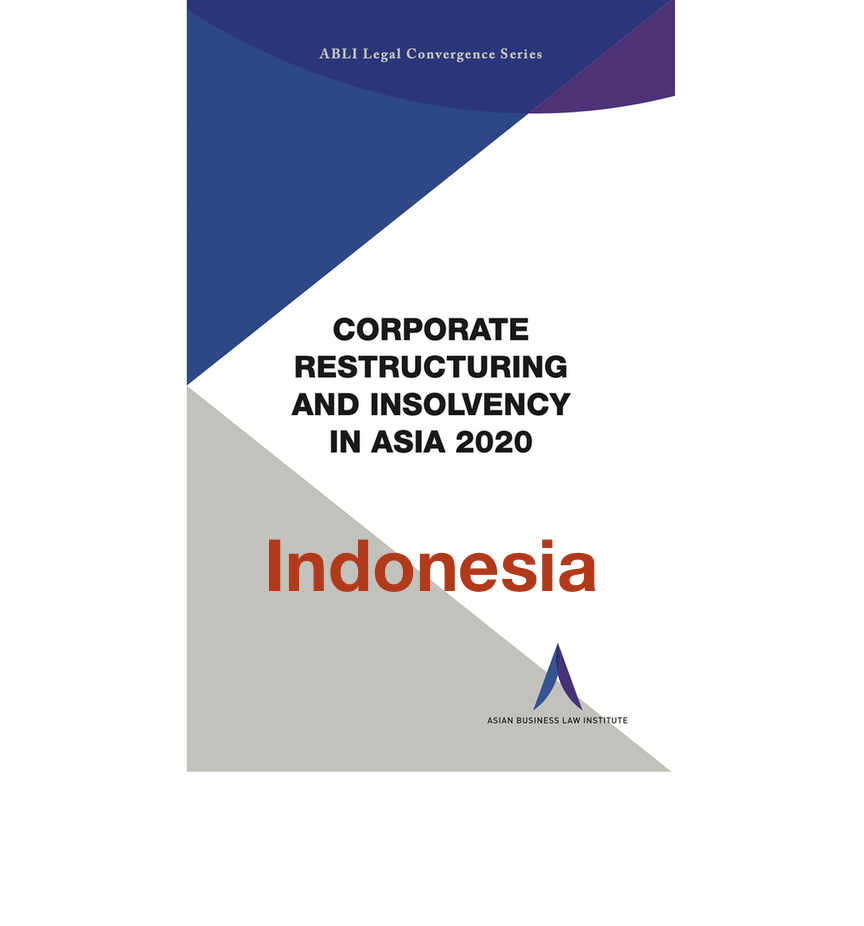
Guide on Conducting an Out-of-court Workout in Asia (March 2023)
The Guide on Conducting an Out-of-court Workout in Asia (Workout Guide) is produced under the Asian Principles of Business Restructuring project jointly undertaken by the Asian Business Law Institute and the International Insolvency Institute. It is the second published guide that collectively forms the Asian Principles of Business Restructuring.
The Workout Guide has 80 pages.
Preface
One way of dealing with insolvency is a private agreement between creditors — often just banks and bondholders — and the debtor to effect a restructuring.
Such a restructuring might entail, for example, a rescheduling of the debts of the debtor, the conversion of such debts into shares, a disposal of the debtor’s assets and a trimming of the debtor’s business. Reaching a private agreement is by far the most common solution to dealing with insolvency and does not involve the courts. This is referred to in industry jargon as an “out-of-court workout”, a “consensual workout”, an “informal workout” or simply a “workout”.
This guide sets out a model of best practices, in the form of both principles and practice tips, for workouts of corporate debtors in Asia. Although focused on workouts that are entirely consensual and out of court, this guide inevitably makes some reference to the court process since such process is the next step if consensus cannot be reached in a workout. The potential involvement of the courts also looms large in all workout discussions, not always as a menace to compel concordance, but sometimes as an agreed appropriate enforcement layer to the planned restructuring. That further aspect is beyond the scope of this guide.
This guide has lineage and pedigree with earlier iterations of workout philosophy in other jurisdictions, but considers the diverse cultures, heterogeneous economic development, and different legal systems in Asia by being respectfully restrained.
Summary of Principles for Conducting an Out-of-court Workout in Asia
Principle 1
A critically important foundation for any workout is that the debtor has a viable underlying business that can be rescued, that the specific reasons for the debtor’s financial distress are fully understood by all stakeholders, and that any elements that might render a workout unsuitable have been satisfactorily addressed
Principle 2
It is the responsibility of the debtor to alert creditors to its distressed position early. The debtor should provide to the creditors, in a timely manner, full, honest and accurate information concerning its affairs. This is usually a time-consuming and onerous process. The debtor should appoint its most senior persons to undertake workout tasks.
Principle 3
When it is apparent that a debtor may be experiencing financial distress, creditors’ initial attitude should be one of support in order to avoid insolvency proceedings if rescue is viable. Such support at this early stage should include a non-contractual standstill, with a contractual standstill to follow.
Principle 4
Both the debtor and its creditors must have the joint objective of rescue in a workout. If the debtor is acting in bad faith manifesting itself, for example, by failing to disclose information, then the workout will fail.
Principle 5
In a workout, each creditor is entitled to exercise its own commercial judgment but must be realistic and pragmatic and recognise the impact of its decision on other creditors and the debtor (or debtor group). No one creditor should act unilaterally or gain an unfair advantage, in particular that the security position of creditors relative to one another is preserved, and that each creditor will not improve its position during a standstill.
Principle 6
A standstill should be agreed promptly on principal payment, and perhaps also on interest. Creditors should not withdraw facilities or hastily put the debtor into receivership, or initiate lawsuits demanding repayment. The purpose of the standstill is to allow the viability of rescue to be assessed. Realistically, however, although creditors will agree to a de facto standstill early on, they are unlikely to enter into a contractual standstill until the debtor proves its good faith by beginning to provide disclosure.
Principle 7
The debtor must present a credible and viable business plan during a workout.
Principle 8
Any workout agreement must set out what are effectively “exit” strategies for stakeholders, intended to maximise their value in a workout. A variety of workout techniques are available and can be deployed in combination and applied to different classes of creditors.
Principle 9
In a multi-jurisdictional workout, organising a steering committee or appointing a lead creditor is of particular value. To the extent feasible, parties (or at least those with common representation) should appoint common teams of professionals and experts among them. Each team of advisors should be composed of professionals from all affected jurisdictions. Specifically for a legal team, even as it may comprise lawyers and firms from multiple jurisdictions, it is generally wise to ensure that, as between lawyers, there is a clear understanding of which firm is to take the lead.
Summary of Practice Tips for Conducting an Out-of-court Workout in Asia
Practice Tip 1
A debtor should aim to identify its financial distress early in a transparent and honest manner. A key step is for the debtor to instruct its own legal, accounting and financial advisors to conduct a thorough review of all its facilities and financing documents.
Practice Tip 2
Creditors will want to ensure that, whilst discussions are ongoing and eventually as part of the standstill and even the workout agreement, there should be some oversight or control of material disposals or transactions by the debtor. Creditors may look to examples of early warning signs described in this guide to identify a debtor’s financial difficulty.
Practice Tip 3
Both the debtor and its creditors should engage professional advisors to guide the workout process at an early stage. The level of advice sought and/or obtained and the types of professional advisors needed depend on the size of the debtor and what is being restructured.
Practice Tip 4
The debtor needs to ensure that the requisite information is made available to creditors to facilitate the conclusion of any standstill agreement or the extension of any facility in a workout. The mode by which such information is shared will vary depending on the circumstances, subject to appropriate confidentiality arrangements as some information may be commercially sensitive.
Practice Tip 5
Valuations lie at the heart of the workout process, and valuation issues will continue to suffuse the entire workout process, even after the preparatory phase. It is generally sensible to obtain at least provisional valuations at an early stage of the workout process.
Practice Tip 6
Both the debtor and its creditors should ensure that they have a comprehensive list of relevant creditors, and that all creditors who are interested in a workout participate, and failing which, that they are, at minimum, party to an informal moratorium on any formal enforcement action.
Practice Tip 7
It is helpful at the outset to decide which creditors are likely to lead the workout process. Several factors will influence that decision, including, among others, the size, resources and experience of a creditor and the nature of the debts owed.
Practice Tip 8
In some cases, a steering committee can be a helpful means of aggregating creditor interests and facilitating negotiations. In other cases, having a lead creditor (or a lead group of creditors) to manage and effectively administer the overall workout process can be sufficient. What is essential is that creditors all feel they are treated equally and fairly.
Practice Tip 9
Short-term waivers of a pending financial covenant default are generally a sensible idea where a workout is being proposed to ease the immediate liquidity tightness and avert the immediate risk of default, benefitting the debtor and its creditors alike.
Practice Tip 10
As new money is almost inevitably afforded priority status, the quantum, timing, and rationale for extending new money are heavily scrutinised. The source of new money will vary depending on the nature of the workout. Granting security on the provision of any new money may be desirable but may not automatically follow.
Practice Tip 11
The main challenge of dealing with the proceeds of asset disposals in a workout is how such proceeds ought to be distributed. A useful starting point is to look at the Day 1 Position of each creditor.
As asset disposals may also take place after the workout agreement has been implemented (and potentially may not appear on the schedule of agreed disposals), it is prudent to ensure that the workout agreement itself contains a clear mechanism for calculating the entitlements of various creditors to the proceeds of any future asset disposal.










